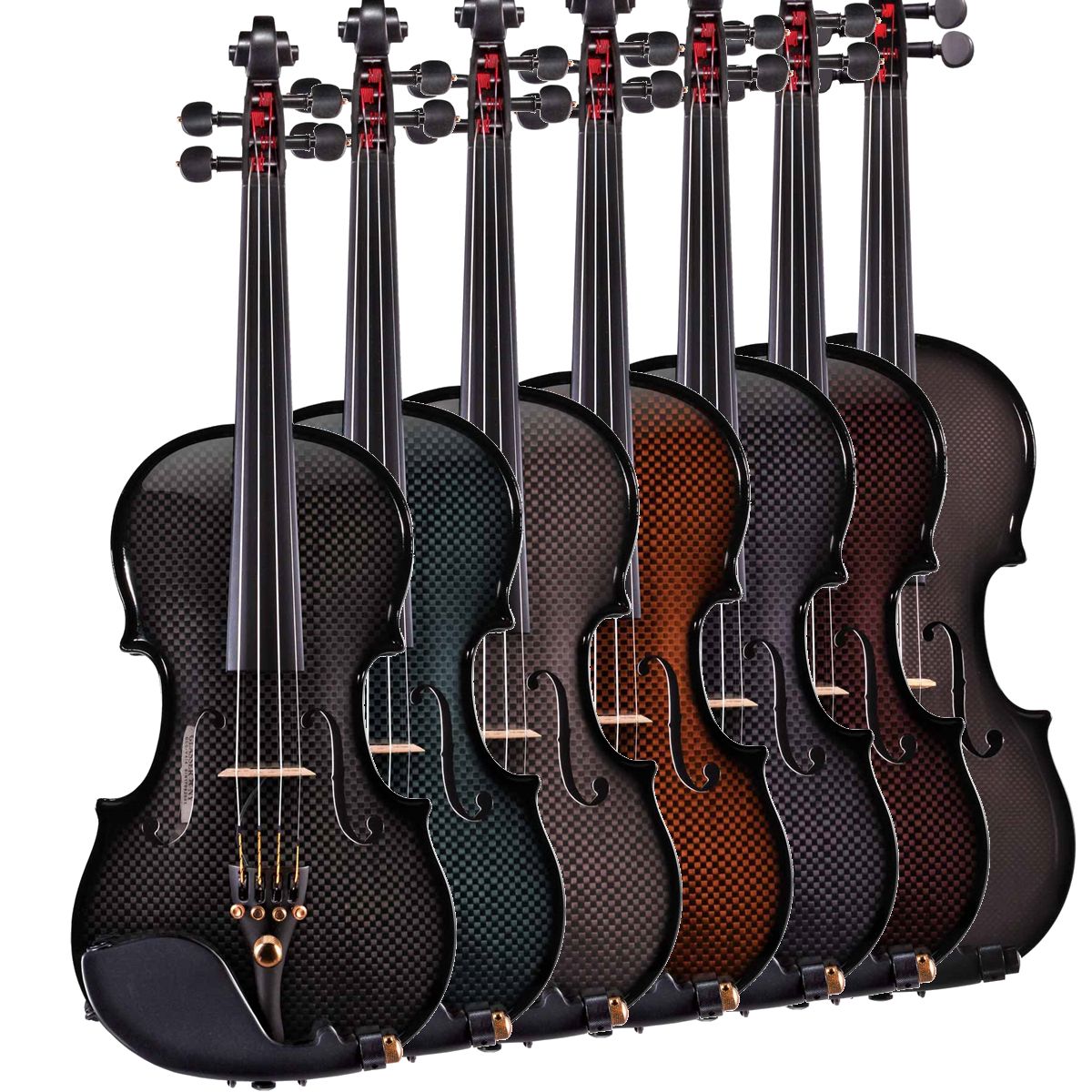
The middle ground of acoustic violin and electric violin is the acoustic-electric violin. An acoustic-electric violin has a hollow body like the regular acoustic violin and gives room for an opportunity to explore genres like the electric violin. It gives the best of both worlds of the advantages of acoustic and electric violins.
But since you are basically taking care of two types of violins embodied in one instrument, there are certain steps to take care of your acoustic-electric violin. Below are some of the hacks that you can follow for better handling and care.
Proper storage
The best place to store your acoustic-electric violin is inside a violin case. Certain conditions affect the violin easily like sudden changes in temperatures or inevitable bumps to other things. But having a case protects your violins from all unprecedented phenomena.
When placing your violin inside the case, make sure that there are no sharp objects. A soft fleece blanket would help before closing the case. Also, ensure that the case is not directly facing the sun for it can pierce through the case regardless of the thickness. Place it in an area far away from exposure to people.
Wipe your instrument with the right type of cleaner
Violins need to be cleaned regularly and there is the right type of cleaner for each type. The kinds of cleaners you can use would be violin polishes, and other violin cleaners. But for starters, we would recommend having soft cloth for rosin dust removals. You can use gentle violin cleaners to remove the build-up and gently wipe it out with a soft fleece cloth.
Another reminder would also be washing hands before you touch the instrument itself and the cleaning products. This is done to prevent generating oil to the strings and leading to more build-up.
Changing your violin string when worn out
Restringing your acoustic-electric violin depends on the material. You should also consider whether you are going to change all of the strings or just one singular string. The usual string material ranges from synthetic, gut, and steel which have different life spans. Assess which type of string you are using first.
You may opt to change your violin strings when it is way past the longevity date, does not generate the sound it promises to make, and when it is fragile and near to break.
Check your bow regularly
The bow is also an essential part of the acoustic-electric violin that contributes to the overall performance of the instrument. Include your bow in the regular checkup of your violin and assess its condition too. Does it need to be repaired? Does it need a polisher for a smoother bowing?
Summary
Taking care of an acoustic-electric violin is no different when taking care of a regular acoustic violin or electric violin. You also need to follow certain precautions, buy necessary accessories, and go in for regular checkups.
